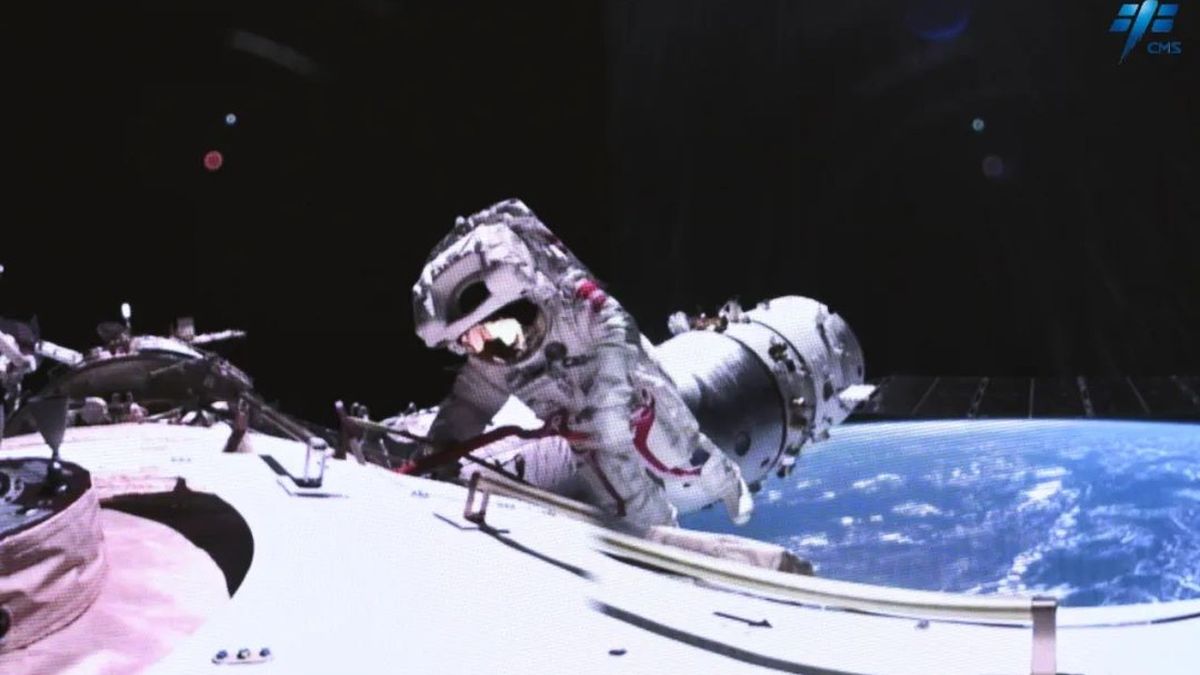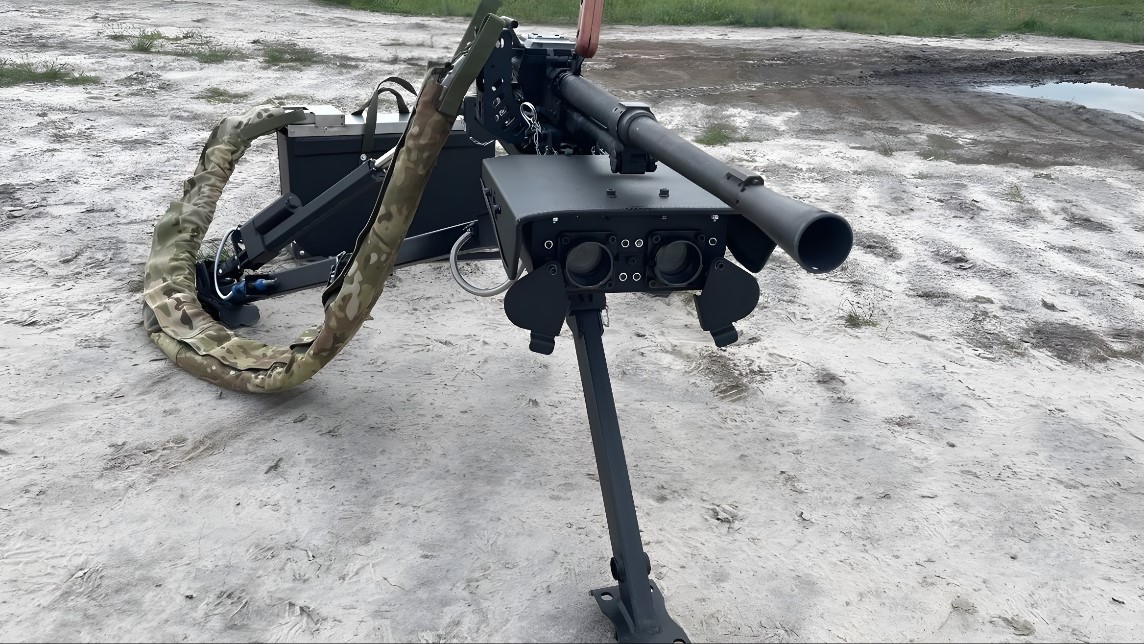China Tiangong Space Station Damaged by Space Debris Strike : Reported

China
China is ramping up space debris procedures after a Tiangong space station power loss, enhancing orbit forecasting and reinforcing equipment against potential impacts. This move underscores growing concerns over space safety amid increasing human-generated orbital debris.
China is stepping up its efforts to address space debris concerns following a partial power loss incident on its Tiangong space station. According to state media reports, the China Manned Space Agency (CMSA) announced plans to bolster measures aimed at safeguarding astronauts and equipment in orbit.
During the Shenzhou 17 mission, astronauts conducted two successful spacewalks outside the Tiangong space station, despite encountering a partial loss of power supply. This power disruption was attributed to a debris strike on the station's solar panels.
The CMSA, in a recent press conference reported by Xinhua, confirmed the success of these spacewalks and outlined plans to mitigate future space debris issues. Deputy director Lin Xiqiang highlighted that the Tiangong core module, Tianhe, experienced the partial power loss due to the impact on the solar wing's power cables.
While the origin of the debris was not specified, both natural micrometeoroids and human-generated space debris pose threats to space stations like Tiangong and the International Space Station (ISS). The increasing presence of human-generated orbital debris underscores the importance of proactive measures to ensure space safety.
Currently, the North American Aerospace Defense Command (NORAD) tracks over 43,000 space objects, with more than 7,500 active satellites in orbit. ISS controllers, in collaboration with NORAD, have conducted over 30 maneuvers to evade debris since the station's inception in 1998.
China's space station has also executed maneuvers to avoid debris impacts, as highlighted in the Xinhua report. Lin Xiqiang outlined several measures undertaken by CMSA to prevent future incidents, including enhanced orbit forecasting, optimization of collision warning procedures, and reducing false alarm rates.
Future initiatives include increased video monitoring of Tiangong using a high-definition camera on its robotic arm and reinforcement tasks for the upcoming Shenzhou 18 crew. Scheduled to launch soon, the crew will install additional protections for extravehicular piping, cables, and critical equipment.
Notably, NASA and China operate independently in space exploration due to restrictions imposed by the 2011 Wolf amendment. However, both entities have been forming separate coalitions for lunar exploration. NASA's Artemis Accords have garnered participation from nearly 40 nations, while China, in collaboration with Russia, announced three new partners for its lunar exploration coalition.
In conclusion, China's proactive steps to enhance space debris procedures underscore the importance of international cooperation and vigilance in ensuring the safety and sustainability of space activities. As the realm of space exploration expands, collaboration and robust mitigation strategies will be crucial for addressing emerging challenges.


